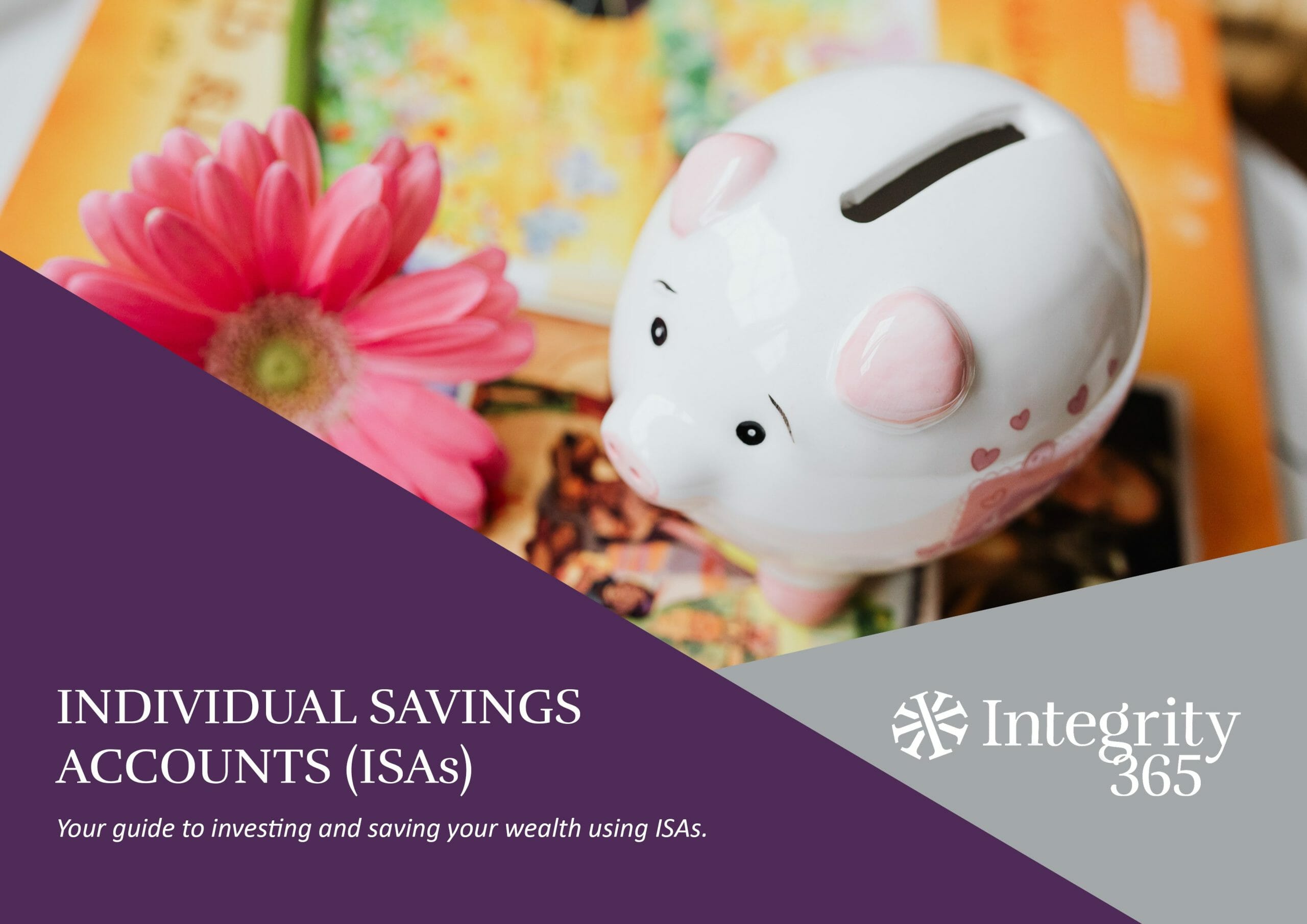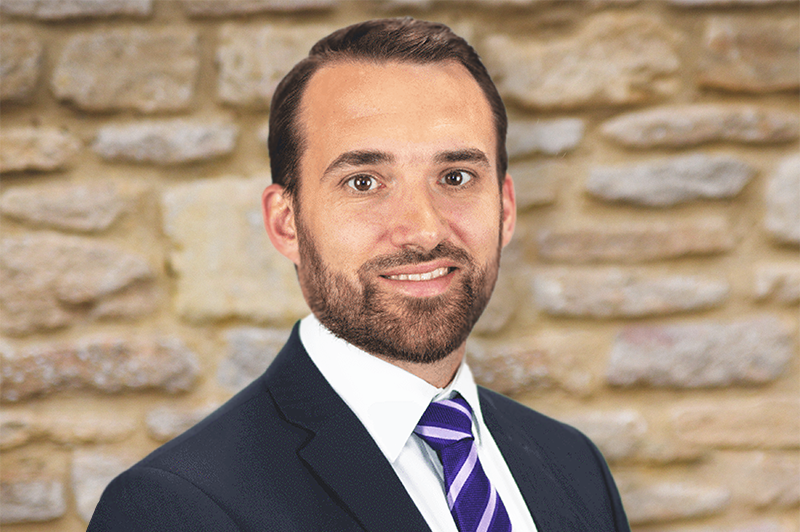How much you can earn before paying Capital Gains Tax recently changed in April 2023 when the government cut the threshold from £12,300 to £6,000. The allowance will then be cut again to £3,000 in April 2024, therefore reducing the amount of capital gains you can withdraw tax-free when you come to sell an asset, such as a share portfolio or second home.
If you are looking to withdraw funds, perhaps for a property purchase or family support, it is often prudent to consider using this allowance to its fullest.
Take a recent client of mine, Mr and Mrs Jackson (aged 61 and 63 respectively), who were selling their home in the Thames Valley area to move to the coast in Cornwall. After many years of fraught house hunting, they found the perfect spot for their retirement, electing to increase their budget to secure their dream home.
However, Mr and Mrs Jackson found themselves slightly short of the cash reserves they had carefully prepared, therefore we had to consider various other options, including selling up to their capital gains allowances. This alone was not quite enough and could have resulted in a need to sell their current family home in order to complete the purchase, creating a chain and losing their competitive edge as quick cash buyers.
A potential solution here was to consider a bridging loan, however, we agreed that the high interest rates and fees were unattractive to the Jacksons. Therefore, we looked at further alternatives, such as their ISAs.
Integrity365 clients will be well versed in the benefits of optimising your individual savings account (ISA) allowance of £20,000 each year. Any savings or investments within the tax-free ISA wrapper can continue to grow free from capital gains or income tax within the product. This facility has become more attractive following the recent tightening of tax-free allowances.
However, after several years of building up respective ISA portfolios, Mr and Mrs Jackson were reluctant to draw on these hard-earned reserves.
Introduced in April 2016, a Flexible ISA gives you the ability to withdraw money and, crucially, put it back again without affecting your annual allowance – provided you pay it back in the same tax year. For most, this is unlikely to be a driving factor in your ISA provider choice, but it is worth bearing in mind that not all providers offer this service. However, for some, certain life events may make this ISA flexibility attractive.
My clients needed a further £200,000 for the purchase. They each had circa £400,000 available via their ISAs and could withdraw the £200,000 and replace it by the 5th of April that same tax year.
With various offers on their current home, this felt like the best option for the couple and they were able to utilise the rest of their capital gains allowances and benefit from the Flexible ISA rules to successfully secure their retirement home. They later replaced the borrowed allowances that same tax year following the sale completion on their current home, thus restoring the ISA portfolio value.
Whilst this strategy may not be suitable to all and not all providers offer this facility, I hope this shows the value of seeking advice and considering areas you may have once thought to be ‘off the table’. There are a variety of financial planning solutions to suit different circumstances, each with their own rules and allowances, which an Independent Financial Adviser can assist you with.
Get in touch with one of our trusted Independent Financial Advisers today by calling our High Wycombe office on 01494 509 666 to discuss your own financial planning needs.
Please note:
As with any financial decision, there are often financial risks to consider and it is important to note that if you fail to replace your ISA allowance by the end of the tax year, you will lose the ability to return the balance to your ISA without impacting your annual allowance.
Furthermore, should your Flexible ISA be made up of stocks and shares, please consider volatility risk. Investments should be made with the long term in mind – ideally 5 years or more.
Read more about ISAs in our helpful downloadable guide:







